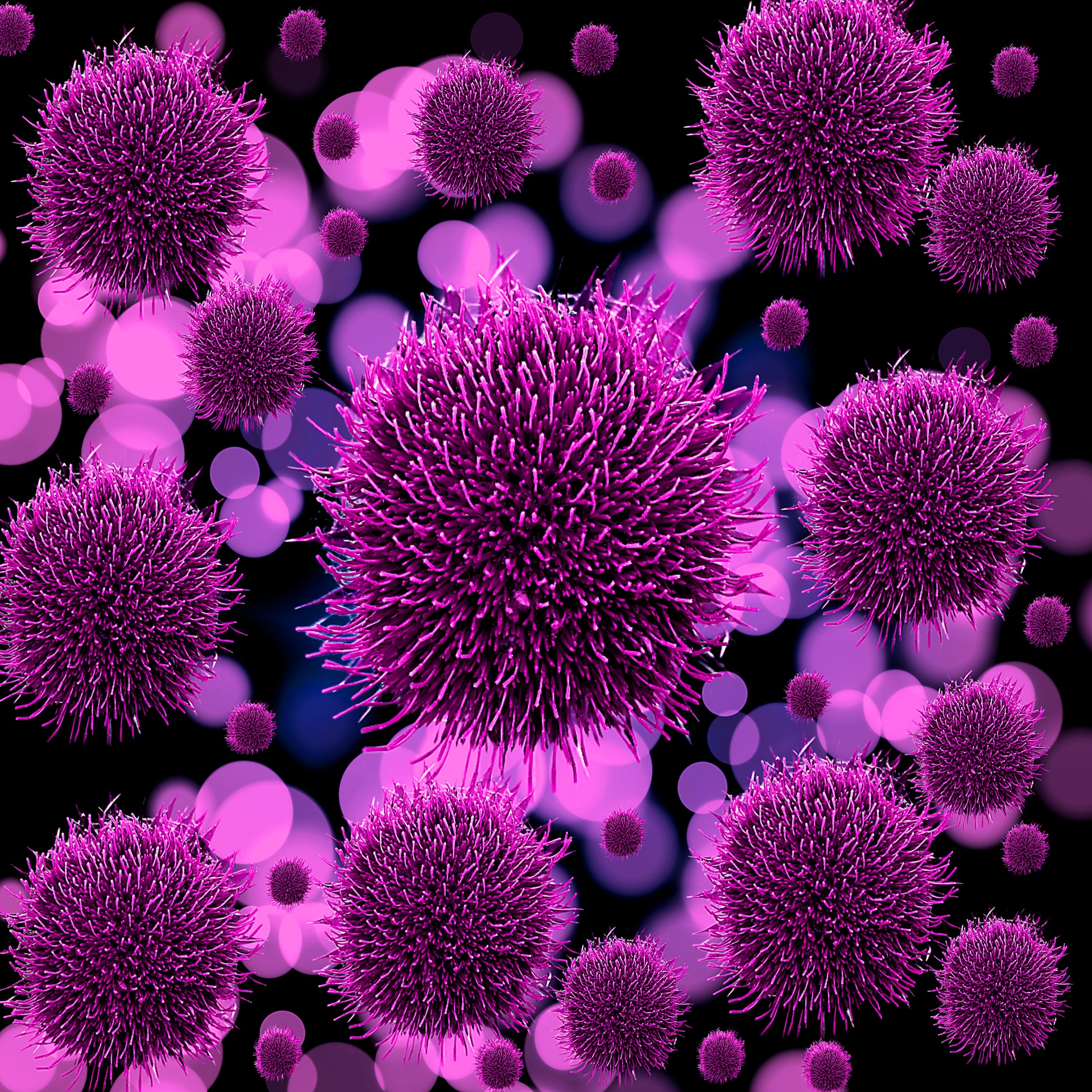
11 Dec December 2018 Safety Break Topic: Bloodborne Pathogens
Bloodborne pathogens are infectious microorganisms in human blood that can cause disease in humans. These pathogens include, but are not limited to, hepatitis B (HBV), hepatitis C (HCV), and human immunodeficiency virus (HIV).
Bloodborne pathogens can be transmitted when blood or body fluid from an infected person enters another person’s body via needlesticks, human bites, cuts, abrasions, or through mucous membranes. Also, semen, vaginal secretions, and saliva in dental procedures are considered potentially infected body fluids.
What to do if you are exposed to a bloodborne pathogen:
- Wash needlesticks and cuts with soap and water
- Flush splashes to nose, mouth, or skin with water
- Irrigate eyes with clean water, saline, or sterile wash
- Report all exposures promptly to ensure that you receive appropriate follow up care




Sorry, the comment form is closed at this time.